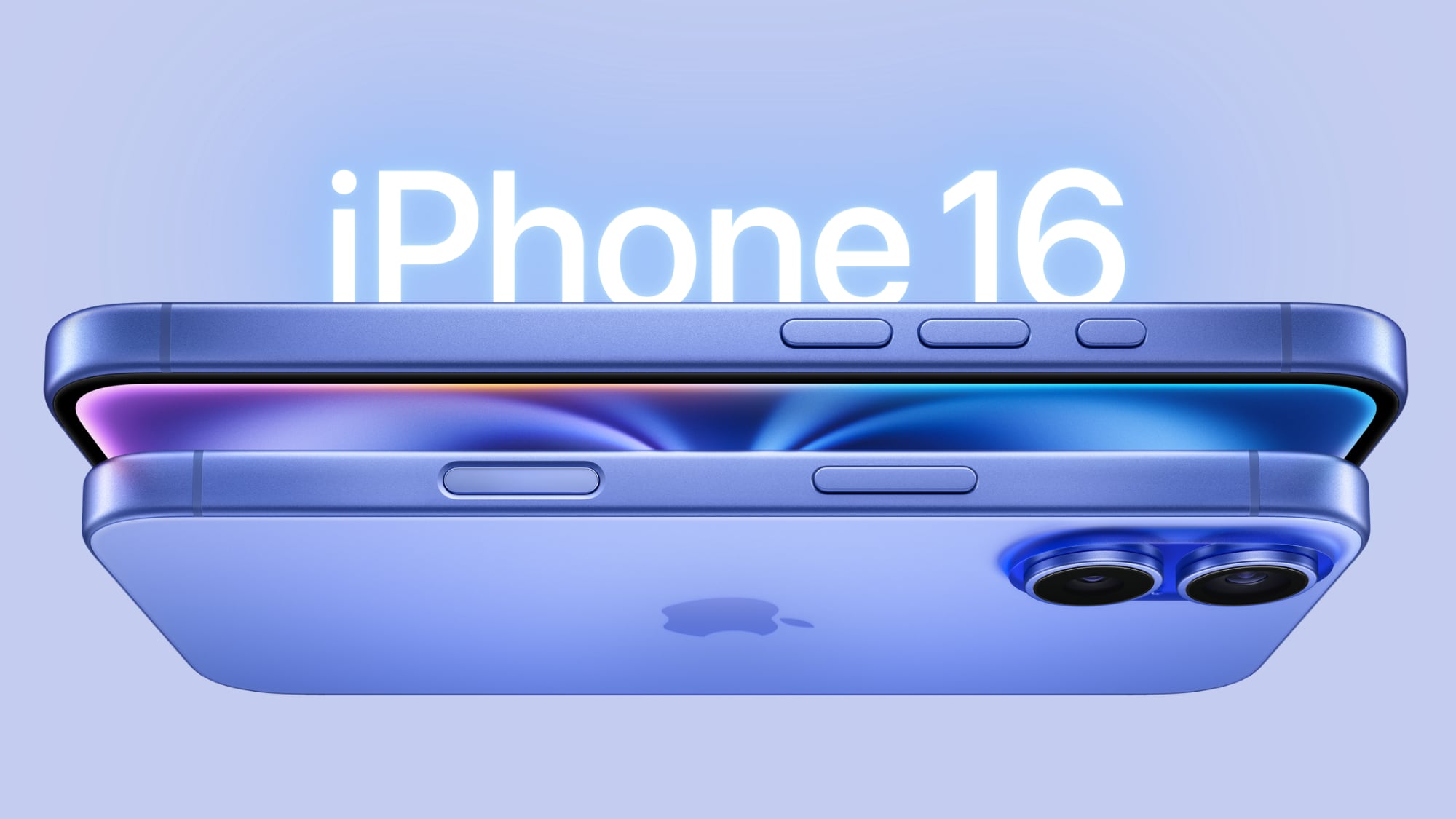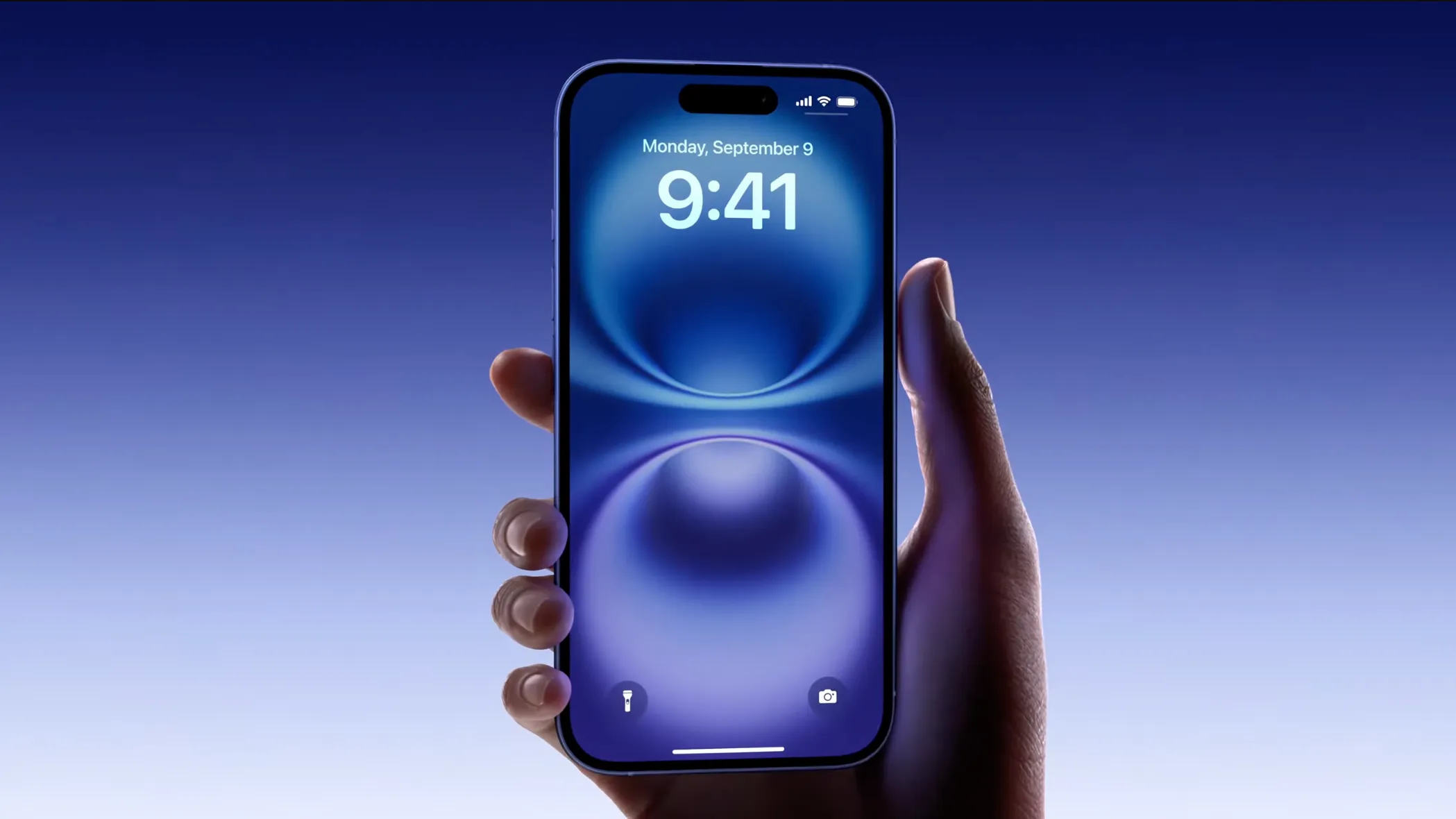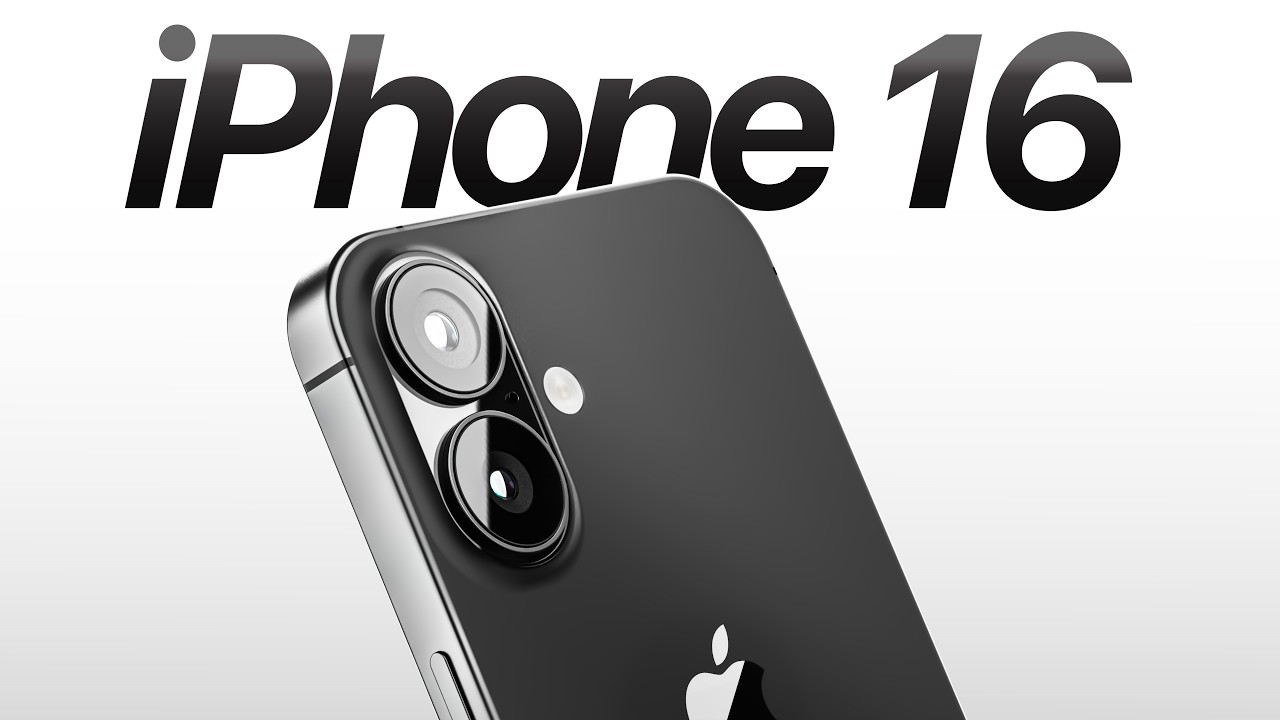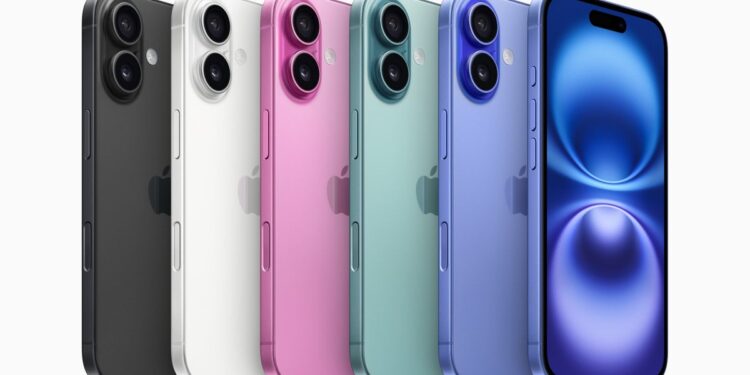It has been just over a week since Apple unveiled its iPhone 16 series, and the response from Wall Street might be a cause for concern for the tech giant. Historically, new iPhone releases have been met with long wait times and high demand, signalling strong market enthusiasm. This year, however, the narrative has taken a twist with shorter shipping times suggesting a potential slack in consumer interest.

Immediate Availability Raises Eyebrows
Typically, a new iPhone launch transforms Apple stores into bustling hubs of eager customers lined up to get their hands on the latest model. This year, the scenes are markedly different. The iPhone 16, alongside its variations—the iPhone 16 Plus, iPhone 16 Pro, and iPhone 16 Pro Max—seems readily available, a stark contrast to previous years’ demand patterns. “Typically, at this point in the launch cycle, wait times at the high end have ticked higher sequentially as demand remained somewhat stable,” observed David Vogt, UBS analyst, in a recent investor note. The current ease of obtaining the new models could be signalling a surplus of units available—an unusual scenario post-launch.

Market Data Speaks Volumes
Further insights from Morgan Stanley Research highlight this unusual trend. According to Erik Woodring, “iPhone 16 lead times continue to track lower than previous iPhone sales cycles,” with an average wait of just over 15 days compared to last year’s 25.7 days for the iPhone 15 models, and 18 days for the iPhone 14 line. This data might initially seem favourable, suggesting that Apple has efficiently managed its supply chain, overcoming the hurdles that previously led to significant shipment delays. However, the underlying concern for investors is whether this efficiency masks a deeper issue of waning consumer interest.
No Shortage of Innovations
Despite these market tremors, the iPhone 16 line does not lack technological advancements. This year’s models boast improved camera functionalities, enhanced photo style options, and significant battery life upgrades. Particularly notable is the addition of the Action Button in the base model of the iPhone 16 and iPhone 16 Plus, further enriching the user experience. Apple is also poised to roll out its flagship feature, Apple Intelligence, later this fall. This feature promises to revolutionize interaction with the device, offering a revamped version of Siri and new capabilities like summarizations for texts and notifications, and advanced text editing tools. This could be a game changer, potentially explaining why some customers might be holding off their purchases.

The Road Ahead
As the October release of Apple Intelligence approaches, it will be interesting to see if consumer anticipation spikes, leading to a surge in iPhone 16 sales. Until then, Apple and its investors may need to brace for fluctuating market sentiments. Whether this period is just a hiccup or a sign of changing consumer behaviours towards smartphones will be a critical question for Apple’s strategy moving forward. In the interim, Apple’s robust product lineup and its strategic enhancements indicate that the tech titan is far from dialling down its innovations. The real test, however, will be in consumer reception in the coming months, which will dictate the ultimate success of the iPhone 16 series in a highly competitive market.










